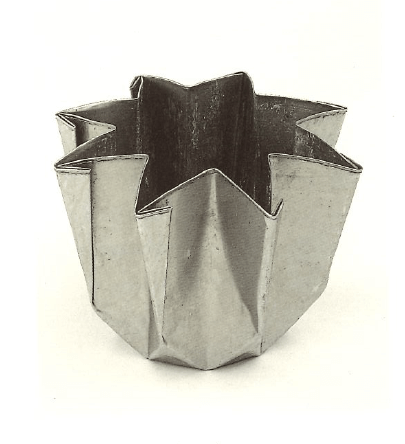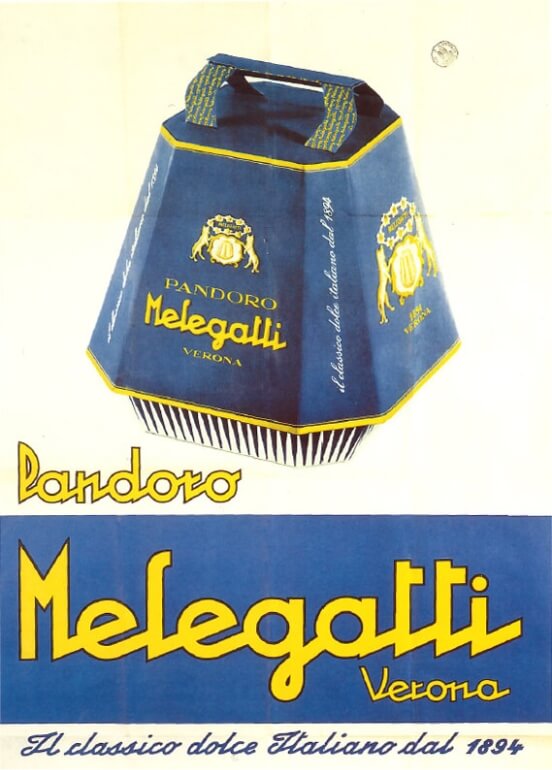Christmas time is approaching, and shops are full of food products for our tables on the occasion of the holidays. The two most typical desserts in Italy are panettone and pandoro: the former has a cylinder shape that ends in a dome, with soft and airy dough with candied fruit and raisins, covered by sugar and almonds; the latter has a truncated pyramid shape with an eight pointed star base, a soft brioche-like dough, decorated with powdered sugar. Both have interesting origins, and today we’ll talk in particular about the history of pandoro.
 |
| Veronese pandoro |
This dessert has far origins in ancient times: a Roman document from the first century A.D. mentioned cook Vergilius Stephanus Senex who prepared a panis with flour, butter and oil. However, the recipe of modern pandoro is much closer to nadalìn, a Veronese cake invented in the XIII century for the Christmas holidays after the investiture of nobles Della Scala as Lords of Verona and to celebrate the city’s greatness. Nadalìn has less butter than pandoro but it shares with it the star shape, even though it’s shorter, being a less leavened cake. Nadalìn, together with other Veronese traditional dishes, was granted the Denominazione Comunale di Origine (De.Co.) in 2012, which attests the product’s typicality in relation to the municipality of origin. This denomination is a way to tie forever the product to its origin, certified and recognized by the municipality.
 |
| Veronese nadalìn (source: verona.net) |
The pandoro as we know it today is an invention patented on 14 October 1894 by Veronese pastry chef Domenico Melegatti, known for his creativity in cooking. A few months prior, on 21 and 22 March, an announcement in the newspaper L’Arena already presented the new product with the temporary name of Pan d’oro. Since the moment of the patent, the product’s official name is pandoro.
 |
| Star shaped mold (source: melegatti.it) |
Mister Melegatti also created the star shaped molds that give the cake its famous silhouette. The success of pandoro increased the size of Melegatti’s activity, originating the company with the same name. During the company’s rise, several new products accompanied pandoro on the market such as colomba, an Easter cake. Today Melegatti produces pandoro, panettone and colomba for the holidays and cakes, biscuits and croissants all year long.
 |
| 1960s advertisement (source: melegatti.it) |
Soon pandoro was imitated by many pastry chefs and companies through the years, with similar recipes to the original, occasionally with particular variations. While the original recipe, which includes flour, sugar, eggs, butter, cocoa butter and yeast, doesn’t present any kind of filling, the modern variants can contain pastry cream or chocolate cream.
Pandoro Melegatti is presented in a sky blue pyramid shaped cardboard box with a square base and golden details, introduced and patented in 1959. Since then most other types of pandoro are presented as well in a box or occasionally in a plastic bag.
Now pandoro is a typical national dessert and Veronese people keep nadalìn as a more traditional and local dessert, with an ancient history that ties it to the territory.
No hay comentarios:
Publicar un comentario